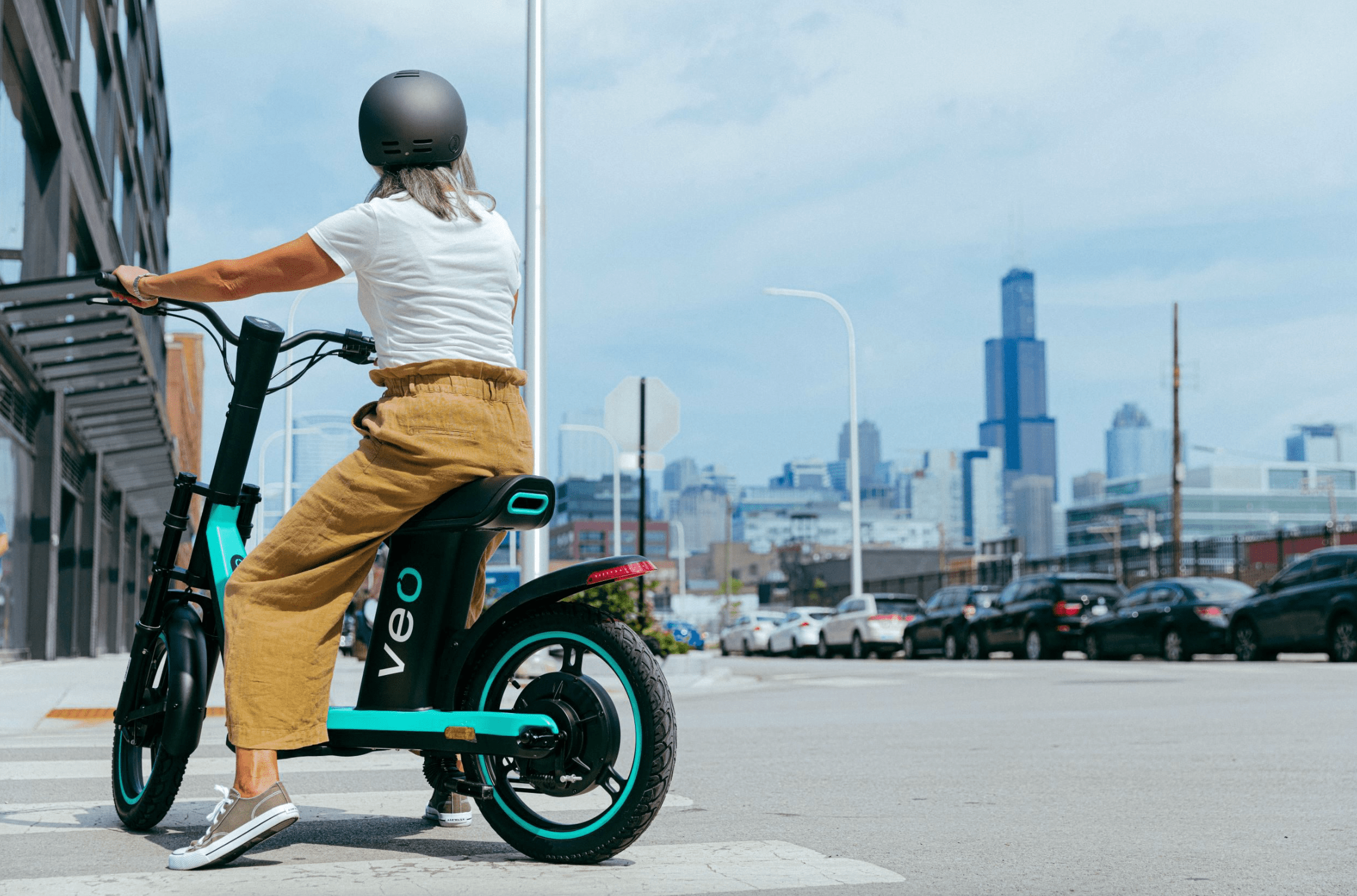Every micromobility provider in the U.S. — including the company I work for, Veo — is bracing for the impact of tariffs that could substantially raise the cost of importing e-scooters and e-bikes. While some tariffs have been temporarily paused, a baseline 10 percent tariff remains in place for key manufacturing countries like Cambodia and Vietnam, and tariffs on imports from China — a major hub for bicycle production — remain in full effect.
No one knows exactly where things will land, but without action, it’s Americans who will pay the price.
Micromobility is a capital-intensive industry, and the proposed tariffs — if made permanent — could increase the cost of purchasing scooters and bikes by more than 50 percent. Even if operators absorb part of the increase, a shift worker relying on a scooter for a two-mile commute could see their fare rise by over 20 percent, with each trip costing more than $7. Rising costs may also prompt companies to shift their focus away from the U.S., making American cities less attractive for micromobility investment and innovation.
Right now, shared scooters and bikes are often the only viable option for people traveling short distances when a bus or car isn’t available. More than 60 percent of Veo riders come from households earning less than $50,000 a year, and 40 percent do not own or have access to a car. These are the riders who will be hit first — and hardest — if prices go up.
Regardless of how realistic it is, the clear aim of these tariffs is to push manufacturing back to the U.S. While reshoring may be the goal, making it happen is another story.
Building a factory is only part of the equation — the real challenge is rebuilding the supply chain. Even at Veo, where we design and build all our vehicles in-house, relocating production to the U.S. would be a long-term undertaking. China and Southeast Asia spent decades developing the supplier networks and skilled workforce needed for large-scale vehicle production.
If we started now, we might be ready by the time my son graduates college —which feels a long way off, considering he’s only two.
What Cities Can Do to Protect Micromobility Access
As tariffs threaten to drive up vehicle and ride costs, cities can protect access by reforming micromobility fee structures.
The shared micromobility industry is not subsidized and, more often than not, U.S. cities charge substantial fees to the operators they select and permit. The fees and taxes levied on micromobility are significantly higher than those applied to other modes of transportation — 23 times higher per mile than personal cars and more than five times higher than ride-hail trips.
If the federal government pursues its plan to impose tariffs on imports, cities should consider reducing micromobility operator fees, aligning them more closely with the public benefits these services provide.
The micromobility industry should absolutely pay its fare share to support the city staff time needed to plan and administer these programs. At Veo, we also see a clear benefit in sharing profits with our city partners to directly fund essential infrastructure like bike lanes and parking racks.
But if cities treat shared micromobility as a revenue source —without accounting for the rising costs driven by tariffs — they risk working against the very reasons these programs were created: to reduce traffic and give people safer, more affordable ways to get around.
A Roadmap from COVID
Of course, tariffs aren’t affecting just micromobility. Much like during COVID, this disruption is sending ripple effects across America’s transportation ecosystem, from increasing costs for transit agencies to making it more expensive to own and operate a car.
As uncertainty grows, though, micromobility stands out as one of the few modes that can provide reliable, affordable transportation – if cities and micromobility providers work together.
We’ve already seen what’s possible. During the early days of COVID, when transit service was slashed and essential workers needed to get around, shared scooters and bikes filled the gap. Cities responded quickly, changing policies on everything from permit fees to fleet deployment strategies, to ensure people could get where they needed to go.
That model worked, and it offers a roadmap for how we can respond now.
The economic headwinds are real, but we’ve seen what’s possible when cities and operators align around a common goal. Let’s treat micromobility like the essential service it is, so that we’re ready for whatever comes next.






